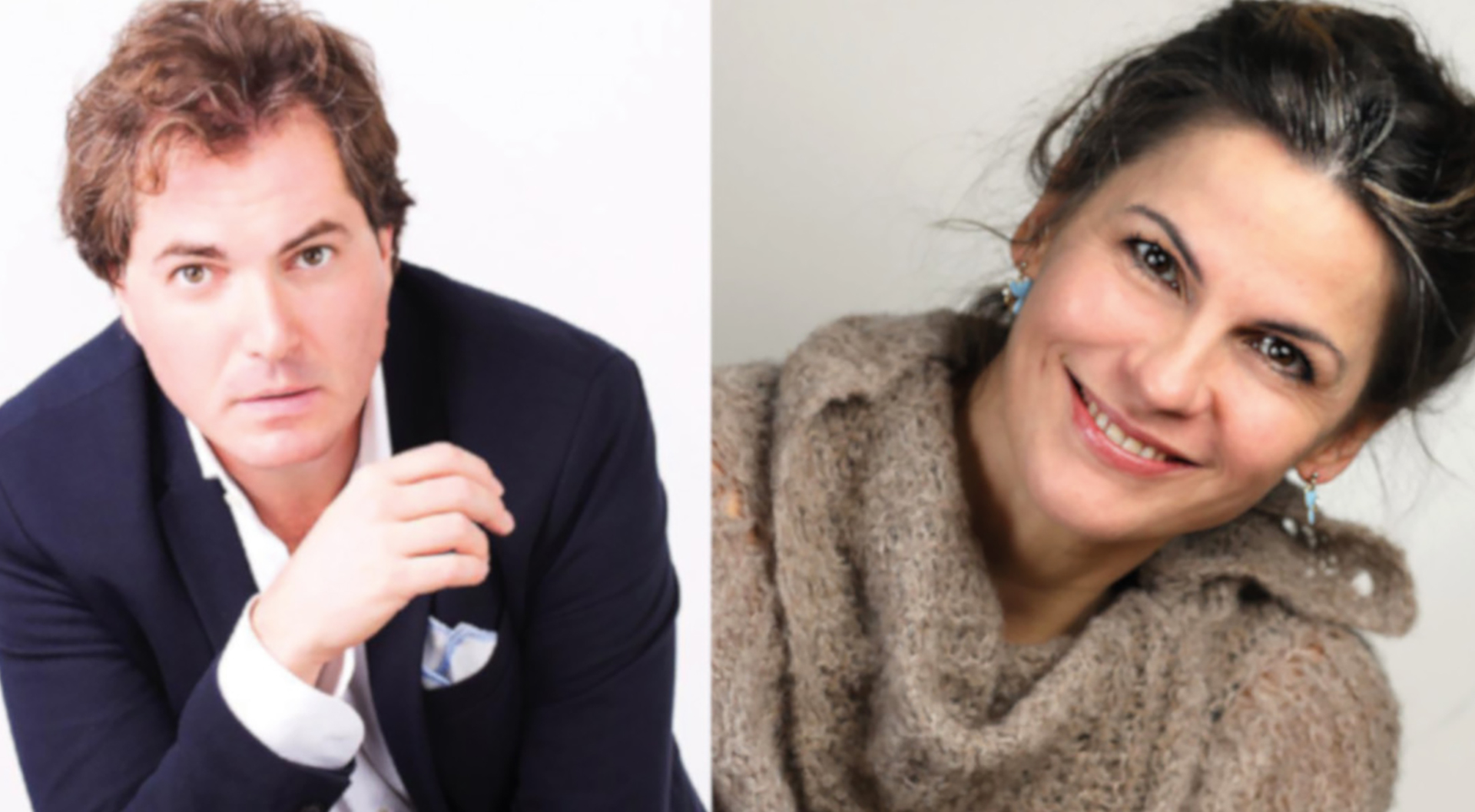This is the link: http://www.teatrocucinelli.it/it/2021/01/soltanto-quel-che-arde/
In a play of cross references and counterpointing of music and texts, Nihil nisi ardeat! interweaves elements of literature and sound, coming from two distant and separate sources. On the one hand there is the text of Only What Burns by Christiane Singer (1943-2007), based on a 16th-century novella, the thirty-second tale of the Heptaméron by Margaret, Queen of Navarre, and on the other, four sacred cantatas by Georg Philipp Telemann, from the Harmonischer Gottes-Dienst, dating from 1725-26. A feeling of malaise became the starting point for the work by Singer, who had read the novella when she was fifteen, and was left with a sort of “obsessive fear of a dull life”; years later, she decided to revive and expand on that malaise. Thus was born her short epistolary novel (consisting of two letters by Sigismund d’Ehrenburg and one by his wife Albe d’Ehrenburg to the Lord de Bernage, and a notebook of Albe d’Ehrenburg), bringing to life that universe so far away, “formal and violent, in which submission was present everywhere: the humble before the powerful, women before men, souls before God”. At the center was the passion of love, like the most dizzying abyss, but also a mystical experience, “a story of punishment that turns into a miracle of forgiveness and reconciliation”.
On the other hand, it was liturgical duty that led to the composition of the incredible catalogue of sacred cantatas (around 1,400 that have arrived down to us, from the original 1,750) by Telemann, a body of work that shows us “the other face” of a composer who lived during a period of profound change which was already dominated by the two “giants”, Bach and Handel. In that context Telemann offers a third alternative, situated midway between the spiritual depth of the former and the lively brilliance of the latter, characterized by a prodigious mimetic ability and an incredible compositional ease, the basis of one of the most vast and varied catalogues of musical history. Ductility, curiosity, writing speed, cosmopolitism, the capacity to grasp and anticipate the trends of the moment, to mix even contradictory elements, and to pander to the tastes of the public, a direct knowledge of the music production systems (concert, publishing, impresarial), a proud bond with the artisanal roots of his trade, and undeniable qualities of a true artist: characteristics of a baffling modernity, yet found in a composer born not even a decade after the death of Heinrich Schütz. While the instrumental repertoire seems to be his preferred genre (largely also connected with the activities of the Collegium Musicum, institutions in which a new, nonreligious, bourgeois way of making music was taking hold), Telemann’s catalogue does not overlook either opera or sacred music.
In particular, during his long years in Hamburg (where Telemann arrived in 1721, remaining until his death as the Stadtkantor, or city cantor), the obligation of performing two cantatas each Sunday, before and after the homily, led to the development of a style of simple clarity, far from any kind of magniloquence.
Of the five complete cycles of cantatas published (one for each Sunday and for each special holiday) between 1725-26 and 1748, the Harmonischer Gottes-Dienst is the oldest collection. Created for a solo voice, with one required instrument (to be chosen among violin, oboe, transverse flute, and beak flute) and basso continuo, the 72 cantatas making it up are structured into two three-part arias framing a central acted part, adopting a model of Italian influence and theatrical style. (It should be remembered that in Hamburg Telemann also directed the Gänsemarkt Theatre until 1738.) Usually performed after the homily, the Harmonischer Gottes-Dienst cantatas have a very close relationship with the daily Epistle (rarely replaced with a passage from the Old Testament). The four chosen ones are, respectively, intended for the sixth and second Sunday after Trinity Sunday, Easter, and Epiphany, and touch on the themes of the meaning of baptism as a rebirth to a new life after the death of sin (Ich bin getauft in Christi Tode TWV 1:820), generosity and brotherly charity (Stille die Tränen des winselnden Armen TWV 1:1401), the Easter repast, which becomes the eternal symbol of salvation through the Eucharist (Weg mit Sodoms gift’gen Früchten TWV 1:1534), and the light that accompanies the birth of the Savior (Ihr Völker hört, wie Gott aufs Neue spricht TWV 1:921). Consistent with his “modern” vision of music, Telemann did not hesitate to stress, in the frontispiece of the printed edition (Hamburg, 1725-26), the “ease and convenience” of the repertoire (auf eine leichte und bequeme Ahrt also verfasset), intended for a public rendition in church but even more so, and significantly, for a “private and domestic” one also, opening up to an intimate devotional use close to the spirit of the Pietist current of Lutheranism.
And here the circle comes to a close: the private dimension, by choice or constriction, as in this difficult time of ours, reveals an affinity between Telemann’s particular concept of the sacred cantata and the circumstance that provided the basis for the narration of the novellas (in a singular twist of fate, there are 72 of these, too.) by Margaret of Valois-Angoulême (Queen of Navarre) that inspired Singer. It is an isolation from the world caused by something very different from the storm of the original literary piece – similar to the situation of Boccaccio’s Decameron – but, as in that case, rendered lighter by the comfort of art and beauty.
© Silvia Paparelli


